DO BIOMETRICS MAKE BTL MARKETING MORE PERSONAL OR MORE INVASIVE?
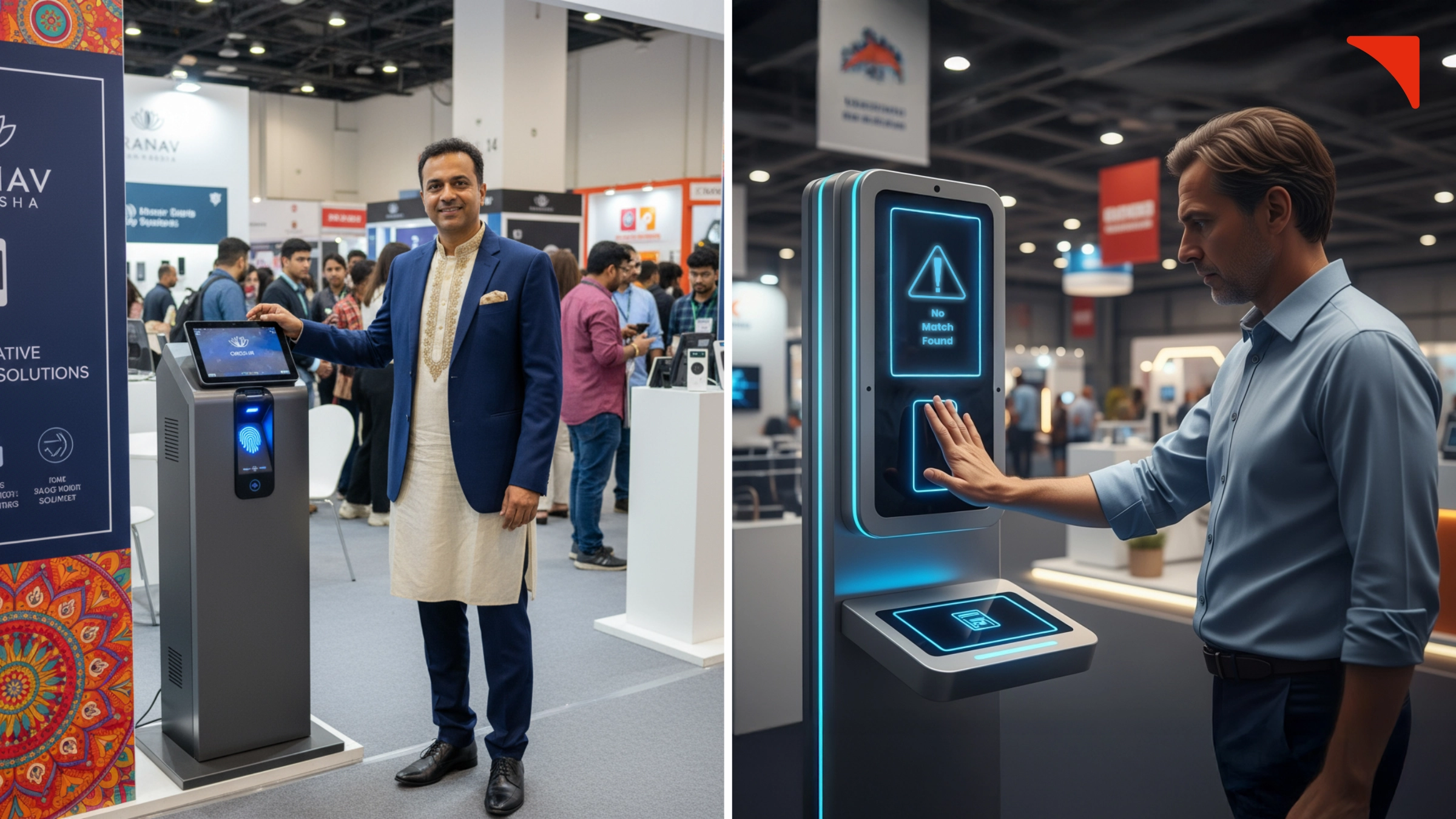
Walk through any modern pop up shop, stadium activation, or airport sampling booth, and you will notice something common amongst all of them: BTL campaigns now no longer feel generic. Digital screens recognise you, mirrors help you virtually try on makeup, and vending machines unlock gifts with a smile. The engine behind this drastic shift is nothing else but biometric technology, including face and gait (way of walking) detection, voice recognition, palm or fingerprint scans, heart-rate or pupil dilation via wearables, etc.
The marketing promise is indeed strong: unmatched personalisation in the most fleeting, high touch moments. But the most ethical and increasing legal question that arises over here is, will this helpfulness ever turn into horribleness?
What BTL + Biometrics Actually Looks Like
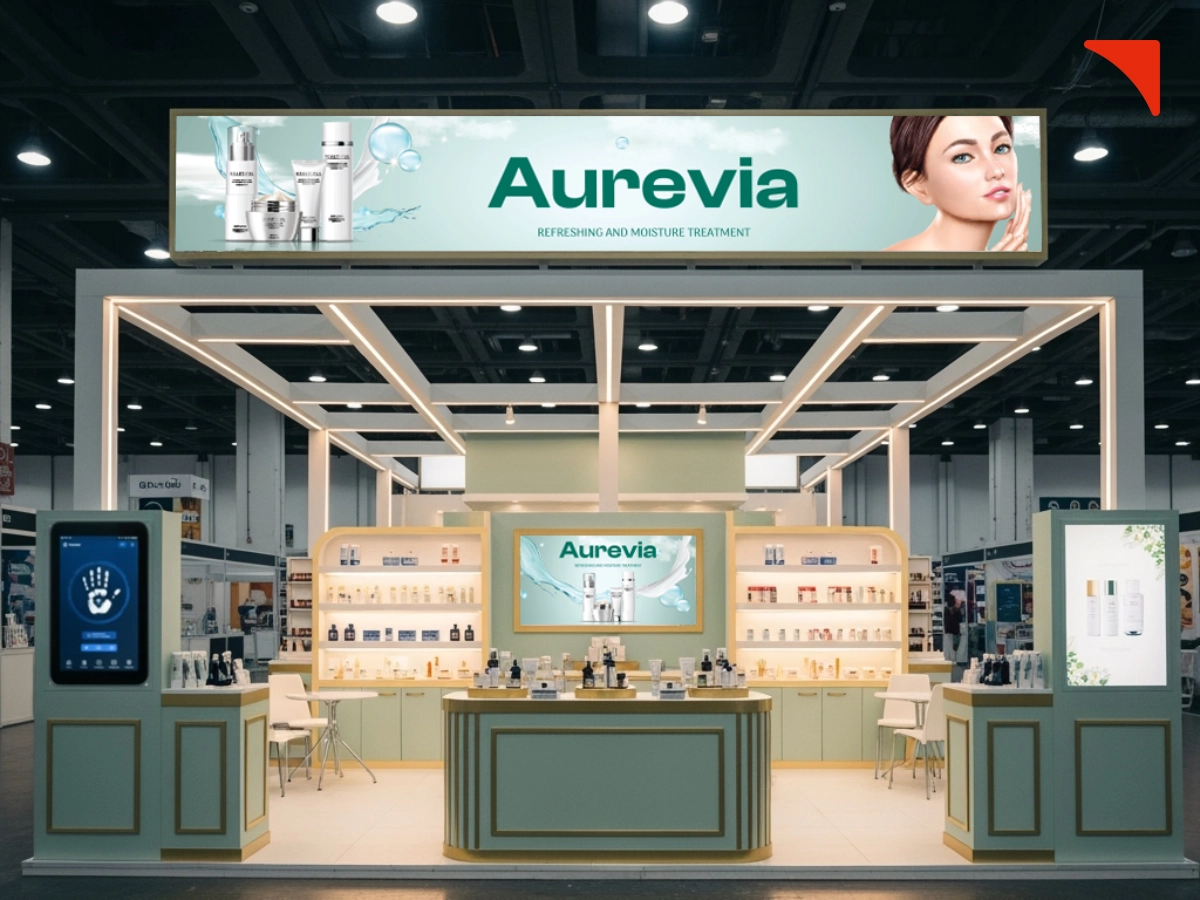
We are aware of the fact that BTL marketing campaigns, including in-store demos, experiential pop-ups, trade shows, booths, and street teams, are hands-on and hyper targeted. Integration of biometrics adds a sensing layer to these moments. A few common patterns are mentioned below:
- Anonymous audience analytics: Cameras can estimate age ranges, attention duration, or sentiments in order to adapt on screen content.
- Frictionless entry or reward: QR codes or manual forms are now being replaced with facial verification or palm scans to reduce lines and unlock personalized offers.
- Interactive try-ons and product matching: This includes examples like face mapping for accurate beauty shades, voice profiling for sound gear, and heart rate feedback for fitness gear.
- Safety and accessibility: Adaptive volume or font size based on proximity, voice commands for hands free engagement.
Well, this is not hypothetical. Vinpearl hotels in Vietnam implemented facial recognition in order to speed up check-ins and payments. This initiative helped them cut down wait time and delight customers. One similar example is Ruti, a boutique fashion brand. It utilises opt-in facial recognition in its retail outlets to recall customer preferences and further deliver curated outfit suggestions that massively increased sales.
These are just two examples. However, they clearly explain why the facial recognition market that was worth 5.15 billion dollars in 2022 is expected to grow at 15% annually through 2030.
Also, this is a clear signal that biometrics will significantly influence the future retail expansion strategies.
The Personalisation Promise (When It Works)
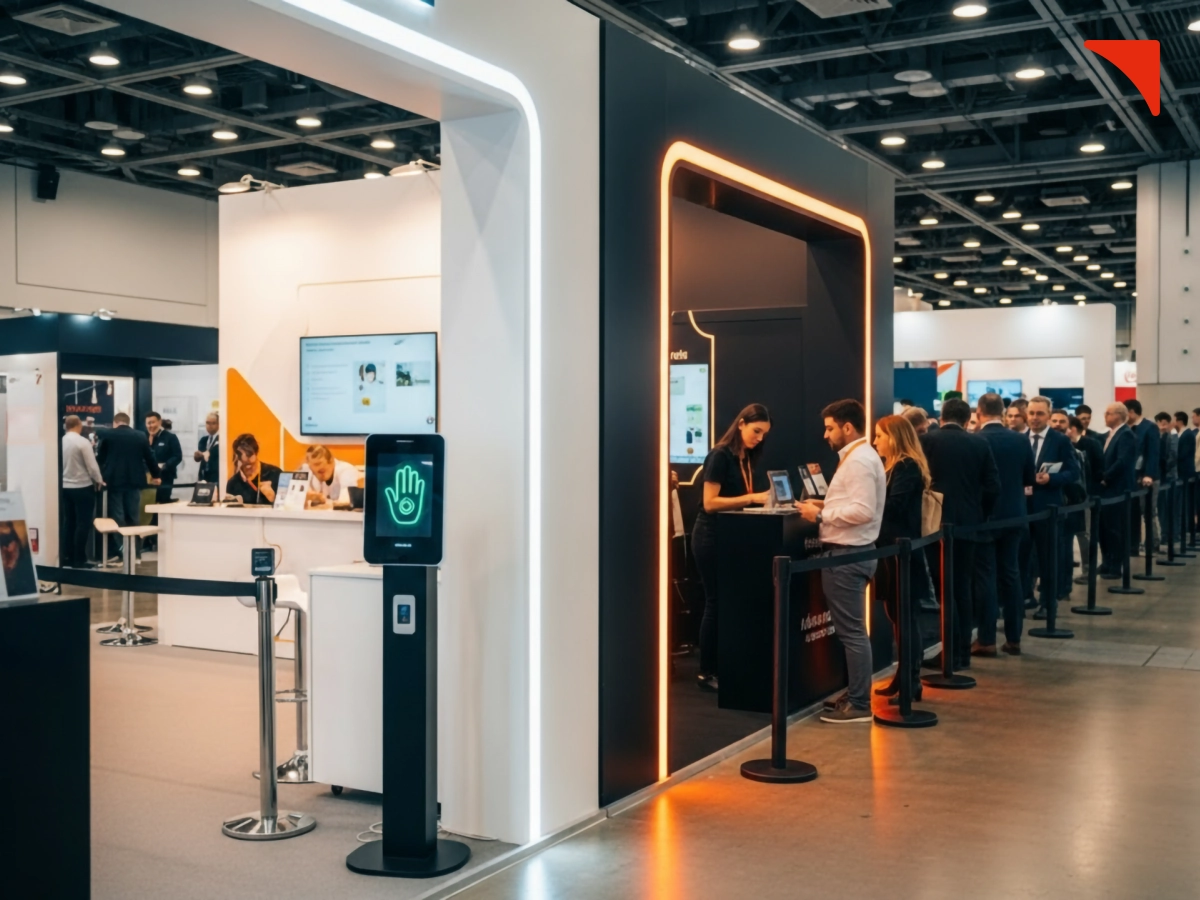
Biometrics supercharge three things BTL does best:
1. Relevance in seconds
You have a tiny window to capture attention at a pop-up. If a display can infer that the viewer is likely evaluating running shoes—not business attire—it can jump straight to relevant creative.
That immediacy matters: studies show personalisation can lift conversions by 10% or more, and brands deploying personalisation report 5–15% revenue increases on average. In crowded spaces, that difference is the margin between an interaction remembered and one ignored.
2. Frictions shaved to zero
No one wants to wrestle with forms on a sidewalk. If a returning customer can opt in once and then glide through future activations (say, to pick up a sample or participate in a demo), you create a flywheel of repeat engagement and loyalty.
For instance, biometric-enabled processes have been shown to reduce errors by 50% and boost engagement by up to 30%, streamlining the customer journey while lowering operational costs. It’s this balance—ease for the consumer, efficiency for the brand—that makes biometrics attractive to every forward-looking BTL marketing agency.
3. Better experience design, not just better targeting
Biometrics can tune the environment itself: normalising audio levels to ambient noise, adjusting screen contrast to sunlight, or providing haptic cues for accessibility. This is personalisation that feels like hospitality rather than advertising. With AI predicted to power 95% of customer interactions by 2025, this adaptive, responsive personalisation will soon feel less like a gimmick and more like an expectation.
When biometric use is consensual, explainable, and obviously beneficial, people often view it as a premium service.
The Creepiness Cliff (When It Fails)

Biometrics, when mishandled, tumble fast from magical to menacing. Here are a few danger signs:
- Surprise detection: It will be a surprise (nightmare instead) for people to realise that a camera was detecting or predicting their age or mood. As a result, they will start having trust issues, irrespective of whether the data was stored or not.
- Identity coupling: If brands link faceprints or voice signatures to identifiable profiles without clear opt-ins, this helpfulness might turn into surveillance.
- Purpose creep: The data that was captured for line bustling will further be used for retargeting or sold to brand partners. Clearly, consumers might forgive and forget a single use scan but will not forgive a continuous hidden collection of their private data, for sure.
- Security theater: Collecting sensitive templates and then locking them behind flimsy security. Breach risk is reputational dynamite—biometric data is immutable; you can’t change your face like a password.
- Fairness failures: Biased models can misclassify faces across skin tones, ages, or genders, resulting in awkward or discriminatory experiences.
Consumers are not blind to this risk. Surveys show 79% trust brands more when data practices are clearly explained, but only 69% are comfortable with biometric personalization when they’ve opted in explicitly. Without that transparency, even the cleverest activation will feel like surveillance theater.
Data Types Matter More Than You Think
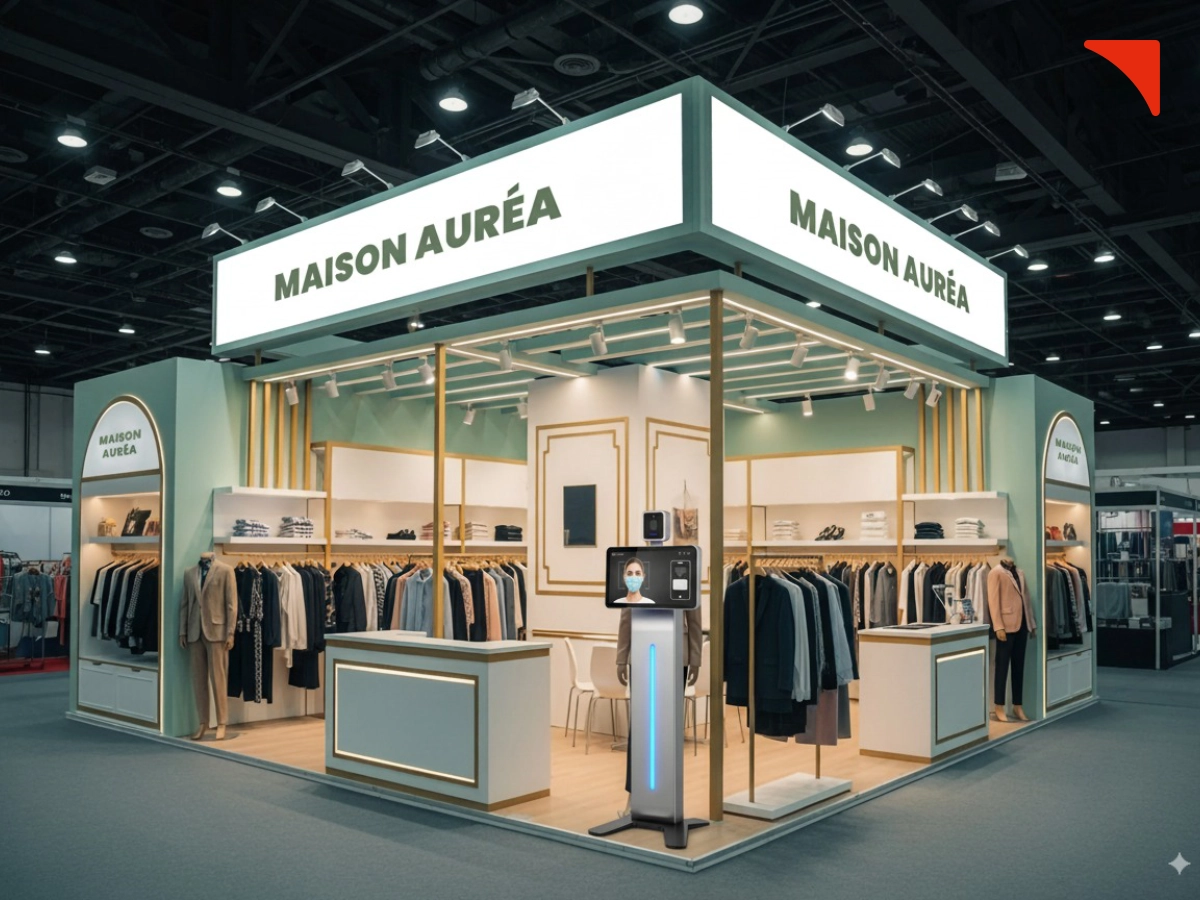
Not all “biometric” uses are equal. A simple on-device face landmark map that never leaves the camera and is discarded after choosing a lipstick shade is low risk. On the other hand, a centralized database of face templates tied to names, emails, and purchase histories is high risk. Between those extremes lie gradients:
- Ephemeral, on-device processing (highest trust): inference happens locally; no template storage; outputs are parameters (e.g., “shade 3 looks best”).
- Anonymous aggregate analytics: counts and patterns, not identities.
- Pseudonymous profiles: persistent IDs without direct identifiers, still risky if re-identification is possible.
- Fully identified biometrics: maximum utility, maximum liability.
Given that biometric-powered research has already shown conversion boosts of up to 35%, it’s tempting for brands to store and repurpose data. But it’s here that restraint matters most: the long-term reputational damage of misuse outweighs the short-term efficiency gains.
Principles That Keep You on the Right Side
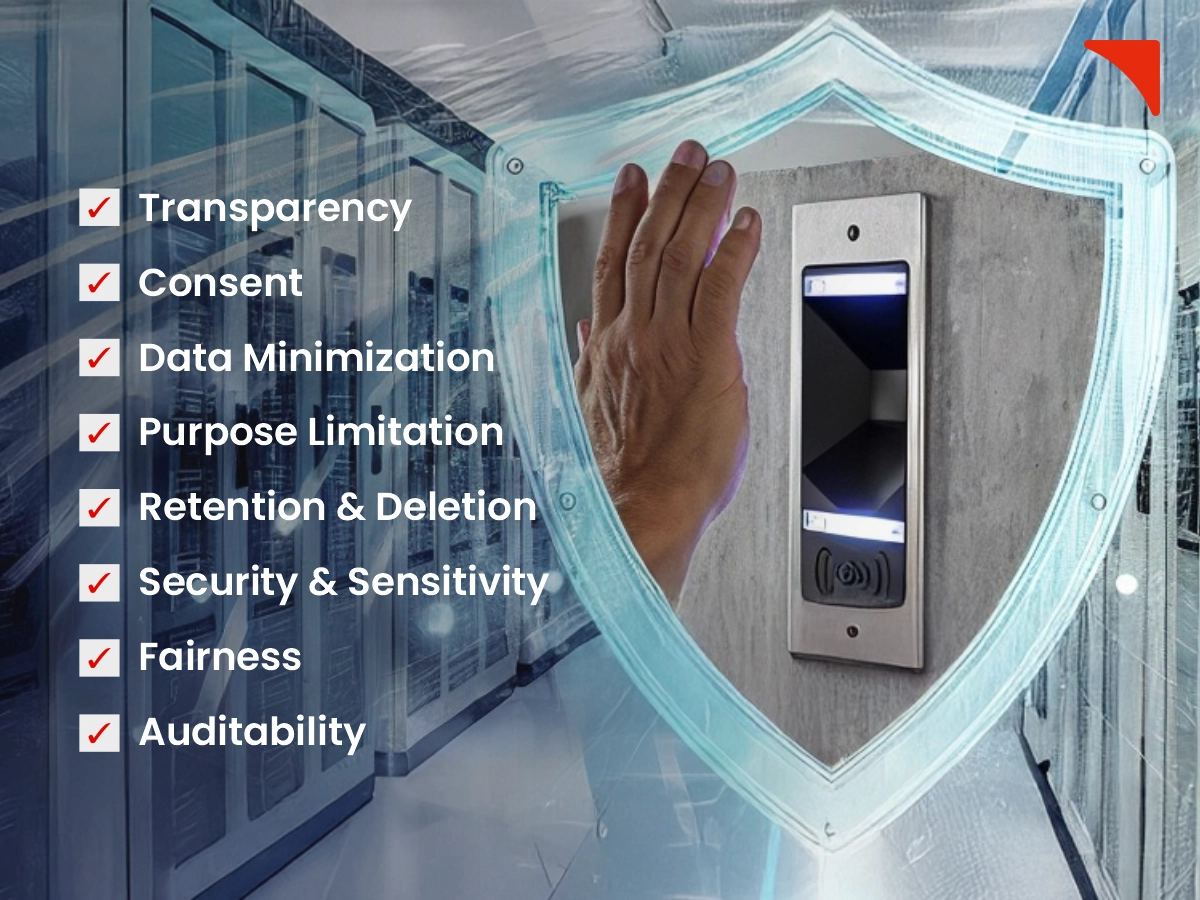
Brands can utilise this checklist before plugging in a sensor into their booth:
1. Explainability at the point of capture
2. Voluntary, enthusiastic opt-in
3. Minimize by default
4. Bound the purpose
5. Short retention, hard deletion
6. Security that matches sensitivity
7. Fairness checks
8. Independent auditability
In other words, build privacy into your BTL activities and store design just as deliberately as you build creativity into the campaign.
So… Ultimate Personalisation or Privacy Nightmare?
Well, from the above information, it is clear that the integration of biometrics in BTL marketing campaigns can either be ultimate personalisation or a privacy nightmare. Biometrics are not inherently terrifying. Instead, they are powerful intimate signals.
In BTL campaigns, small missteps echo loudly. Hence, brands should opt for ambient personalisation that is transparent, optional, and ephemeral. When customers feel in control and immediately see the upside, they will gradually start accepting things. However, when they feel watched, profiled, etc., it will cause swift backlash and harm a brand’s reputation.
Hence, it is crucial for brands to treat biometrics as a precision spice and not the main ingredient. Doing this will not convert biometrics in BTL into a nightmare. Instead, it will feel the way that personalisation was always meant to be.